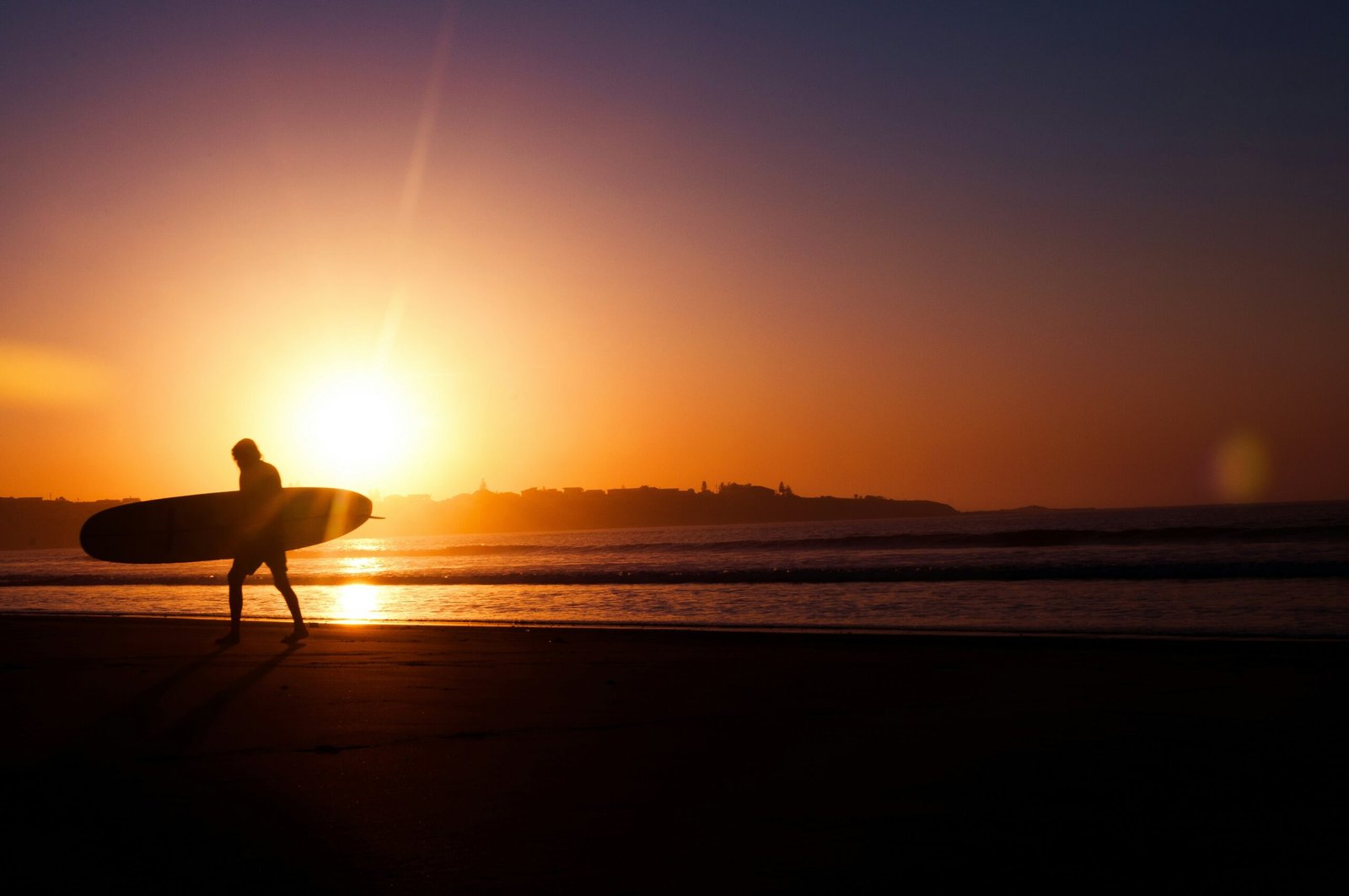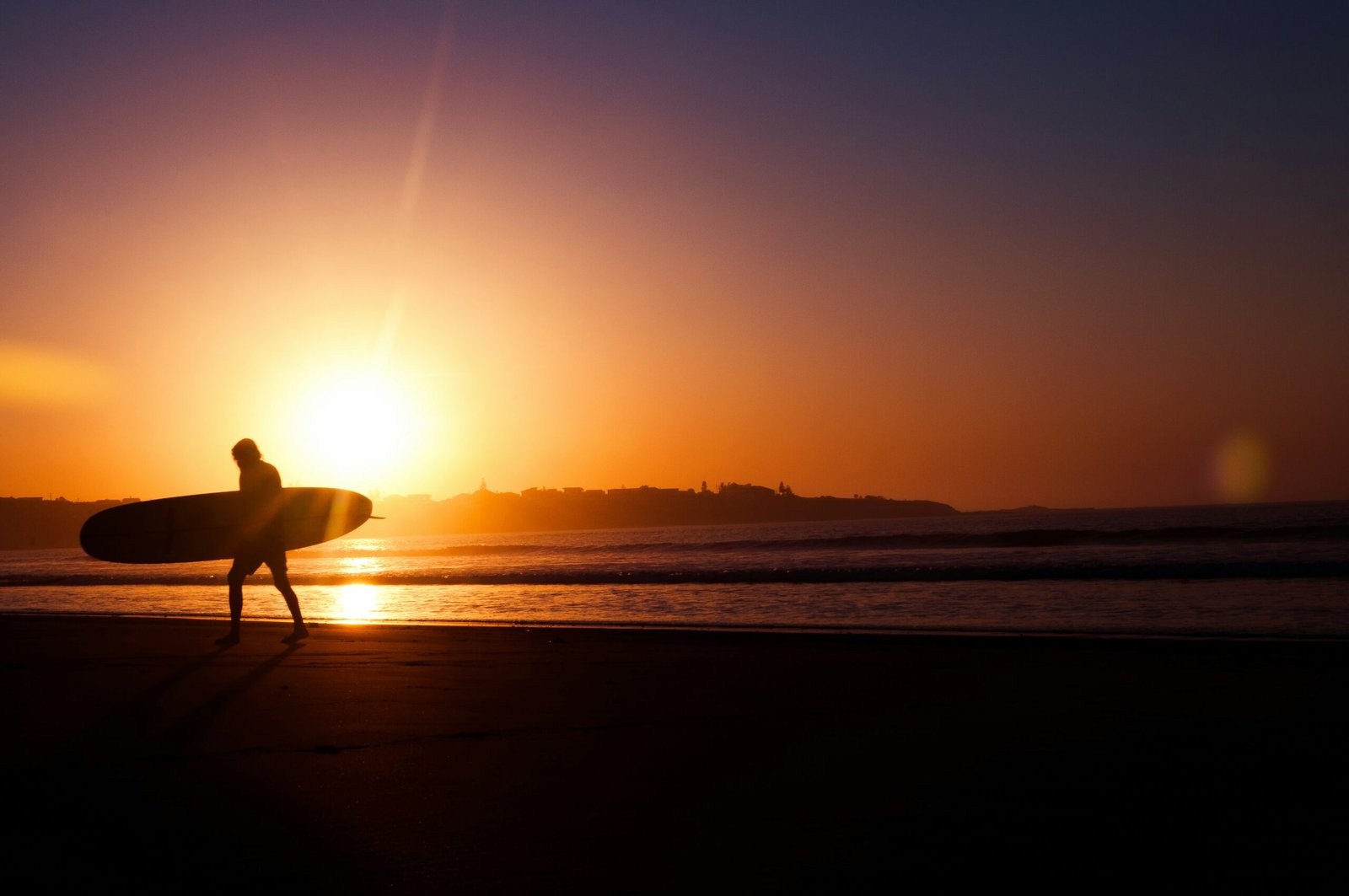-

Ultimate Guide to Tofino Surf Conditions: Know Before You Go
Understanding Tofino Surf Conditions Tofino surf conditions. Tofino, located on the west coast of Vancouver Island in British Columbia, offers…
-

Surf Forecast for Hossegor: Your Ultimate Guide to Catching the Perfect Wave
Understanding the Surf Conditions in Hossegor Surf forecast Hossegor, located on the southwestern coast of France, is renowned for its…
-

Surf Camp in Bali: The Ultimate Guide for Surfing Enthusiasts
Why Choose a Surf Camp in Bali? Bali has earned its reputation as a premier destination for surfing enthusiasts, and…
-

Surf Teahupo’o: The Ultimate Guide to Riding the World’s Most Powerful Waves
Introduction to Surf Teahupo’o Teahupo’o, located on the southern coast of Tahiti in French Polynesia, is widely recognized as one…
